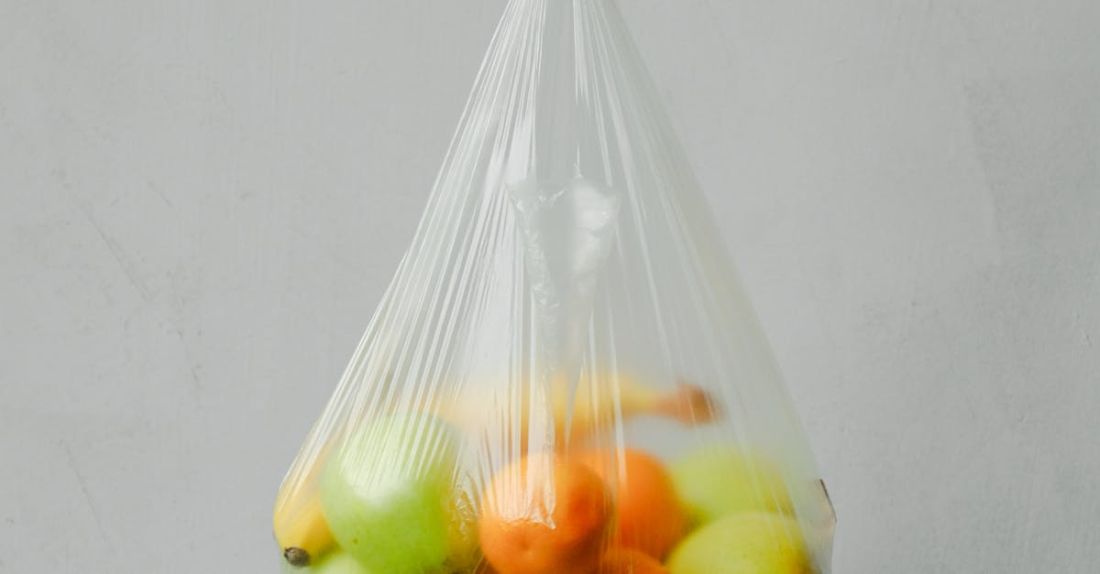
Recycling paper and cardboard is an essential component of sustainable living. By ensuring that these materials are properly recycled, we can significantly reduce waste and lessen our impact on the environment. To make the most out of paper and cardboard recycling, it’s crucial to follow some key tips that can help streamline the process and maximize the benefits. Let’s delve into some practical tips for effectively recycling paper and cardboard materials.
Sorting Materials Correctly
One of the fundamental steps in efficient paper and cardboard recycling is to sort the materials correctly. It’s important to separate paper and cardboard from other types of waste to prevent contamination. To streamline the sorting process, designate separate bins for paper and cardboard materials. This segregation ensures that the recyclables remain clean and can be processed more effectively by recycling facilities.
Remove Contaminants
Contaminants such as food residues, tapes, and other non-recyclable materials can hinder the recycling process. Before placing paper and cardboard in the recycling bin, make sure to remove any contaminants. This simple step can significantly improve the quality of the recycled materials and prevent unnecessary waste.
Flatten Cardboard Boxes
Cardboard boxes take up a lot of space when they are not flattened. To optimize storage and transportation efficiency, it’s advisable to flatten cardboard boxes before recycling them. Flattened cardboard is easier to handle and store, making it more convenient for collection and processing. This small effort can make a big difference in the overall recycling process.
Avoid Wet Paper and Cardboard
Moisture can compromise the quality of paper and cardboard materials, making them less suitable for recycling. To ensure that your recyclables remain in top condition, avoid exposing them to moisture. Store paper and cardboard materials in a dry place and keep them away from liquids. By maintaining the integrity of the materials, you can enhance their recyclability and contribute to a more sustainable recycling process.
Check Local Recycling Guidelines
Different recycling facilities may have specific guidelines for paper and cardboard recycling. To ensure that you are following the correct procedures, it’s essential to check your local recycling guidelines. Familiarize yourself with the acceptable materials, sorting requirements, and collection schedules to align your recycling efforts with the designated guidelines. By adhering to local regulations, you can help facilitate the recycling process and promote efficient waste management practices.
Reuse Paper and Cardboard
Before recycling paper and cardboard materials, consider whether they can be reused or repurposed. Many paper and cardboard items can serve multiple purposes before being recycled. For instance, old newspapers can be used for packaging or crafting, while cardboard boxes can be utilized for storage or shipping. By extending the lifespan of these materials through reuse, you can reduce the overall demand for new resources and minimize waste generation.
Support Recycling Programs
Supporting recycling programs and initiatives can help bolster the recycling infrastructure in your community. Get involved in local recycling initiatives, participate in recycling drives, and encourage others to recycle paper and cardboard materials. By advocating for sustainable practices and promoting recycling awareness, you can contribute to a more environmentally conscious society.
Closing Thoughts on Paper and Cardboard Recycling
In conclusion, recycling paper and cardboard is a simple yet impactful way to reduce waste and promote sustainability. By following the key tips outlined above, you can enhance the efficiency of paper and cardboard recycling and contribute to a cleaner environment. Remember to sort materials correctly, remove contaminants, flatten cardboard boxes, avoid wet materials, check local guidelines, reuse when possible, and support recycling programs. Together, we can make a difference by embracing responsible recycling practices and working towards a greener future.





